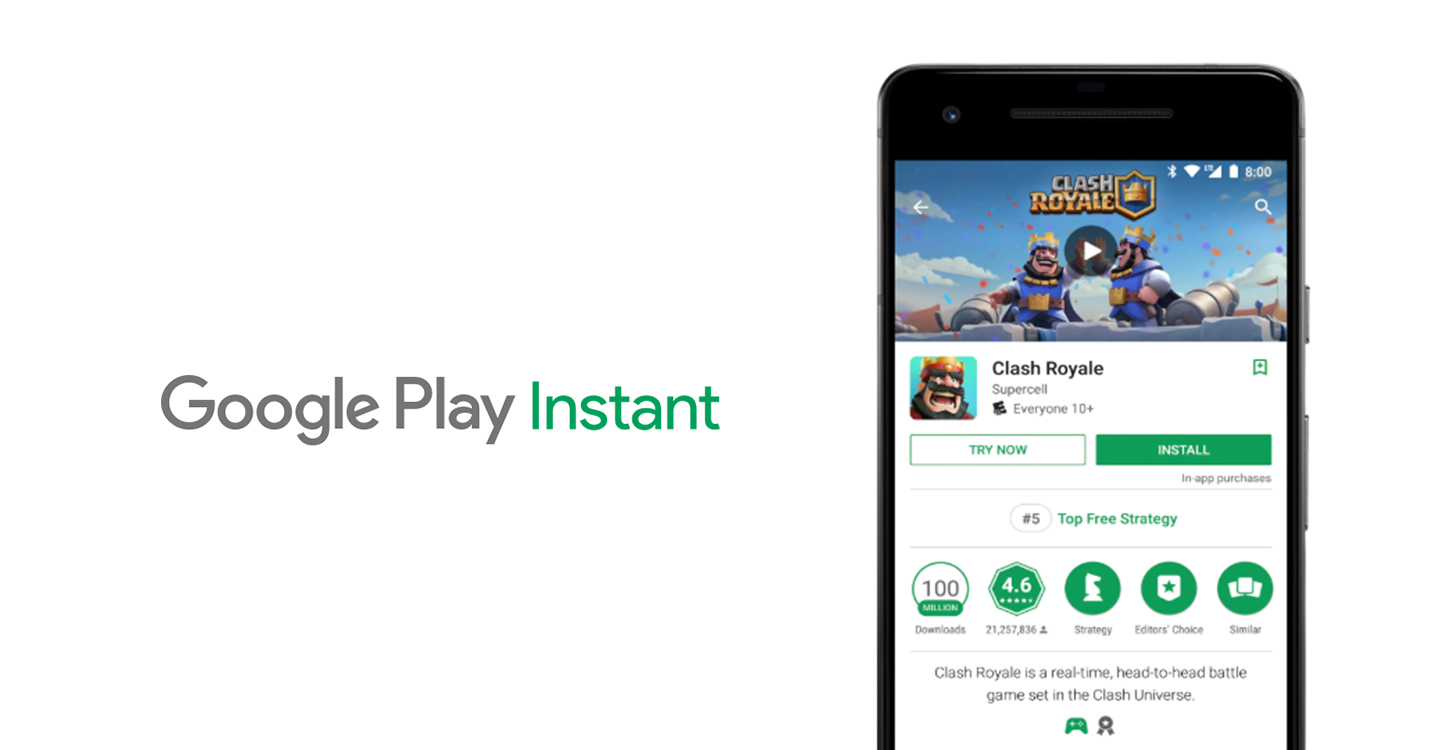Posted by Miguel Montemayor and Diana García Ríos
As of Android Gradle plugin 3.4.0 (included in Android Studio 3.4), we are starting the deprecation process of the feature plugin (com.android.feature) and instant app plugin (com.android.instantapp) as a way to build your instant app. When building your app, you will receive a warning flagging com.android.feature as deprecated. If you have an existing instant app built with the feature plugin, migrate your existing app to an instant-enabled app bundle as soon as possible.
What is changing?
Last year, we introduced Android App Bundles—a new way to build and publish your Android apps. App bundles simplify delivering optimized APKs, including instant delivery, by unifying uploads into a single artifact. Google Play handles distribution by serving the correct APKs to your instant and installed app users—this is called Dynamic Delivery. To learn more about app bundles, visit the documentation site.
Dynamic Delivery is based on the idea of shipping dynamic features (com.android.dynamic-feature) to app users when they need them and only if they need them. There are currently three delivery types, based on the different values you will give the dist:module tag attributes on the dynamic feature module’s manifest file:
<dist:module
dist:instant="..."
dist:onDemand="..."
...
</dist:module>
dist:instant="false"
|
dist:instant="true"
|
|
dist:onDemand="false"
|
Dynamic feature delivered at install time | Dynamic feature delivered instantly and at install time |
dist:onDemand="true"
|
Dynamic feature delivered on demand (beta) | N/A |
By migrating your instant app to an instant-enabled app bundle with dynamic features, you will be ready to leverage the full power of this new paradigm and you will be able to simplify your app’s modular design.
The migration
Previously, instant apps required creating a feature module that acted as the base module for your app. This base feature module contained the shared code and resources for both your instant and installed application. The rest of your codebase was comprised of:
- multiple non-base feature modules, which contained the instant app entry points,
- an application module, which contained the code and activities required only for your main installed application, and
- an instant app module, which represented the instant app and mapped its dependencies.

With the new app bundle implementation, your base feature module takes the role as your app module (com.android.application), hosting the code and resources common to all features (instant and installed). You organize additional, modular features as one of three types of dynamic feature modules, based on when you want to deliver them to the user. The instant app module disappears, since the dist:instant attributes in the manifest are enough to identify which features will be included as part of the instant experience.

If you don’t have an instant experience added to your app and you’d like to create one, use Android Studio 3.3+ to create an instant-enabled app bundle.
 Posted by Vlad Zavidovych, Software Engineer; Artem Yudin, Software Engineer
Posted by Vlad Zavidovych, Software Engineer; Artem Yudin, Software Engineer

